Despite the cold and wet weather, commuting by bike in winter is a great way to get to work.
It will enable you to get some exercise, sunlight and fresh air at a time of year that’s typically more gloomy. It sure beats sitting on a stuffy train or bus, or in a traffic jam in your car, and will save you a load of cash as well.
But if you’re planning to use your bike to cycle to work through the winter, the secret is to be prepared.
Here, we’ll run through all the things you need to think about to keep commuting by bike through the winter. We cover the extra items you may need and the extra care and maintenance your bike may need to keep it running smoothly through the winter months.
How should I dress for winter bike commuting?
When cycling in winter, you’re likely to encounter rain and cold, sometimes separately but more often together. So you should dress accordingly.
Wet-weather kit
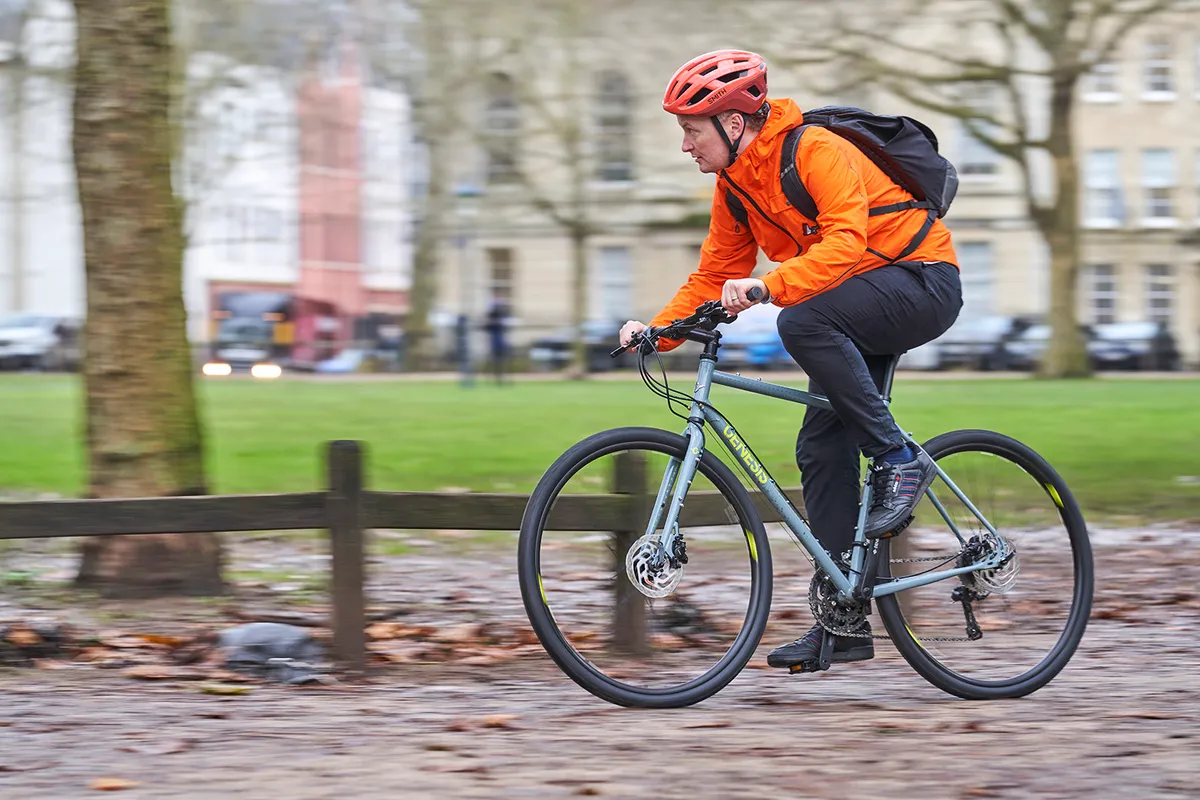
It’s a good idea to have a high-quality, seam-sealed waterproof jacket. Most are made from breathable fabrics, to help keep you less sweaty. A hood can be useful to stop rain from running down your back, although it can interfere with rear vision. One that fits under your helmet is better than one that fits over it in this respect.
You’ll want to keep your legs dry too, either with waterproof trousers or water-resistant winter bib tights.
Waterproof overshoes or winter cycling boots will help keep your feet drier, while winter cycling gloves will often include a water-resistant coating or membrane. A water-resistant cycling cap will help keep your head dry when cycling in the rain.
Cold-weather kit
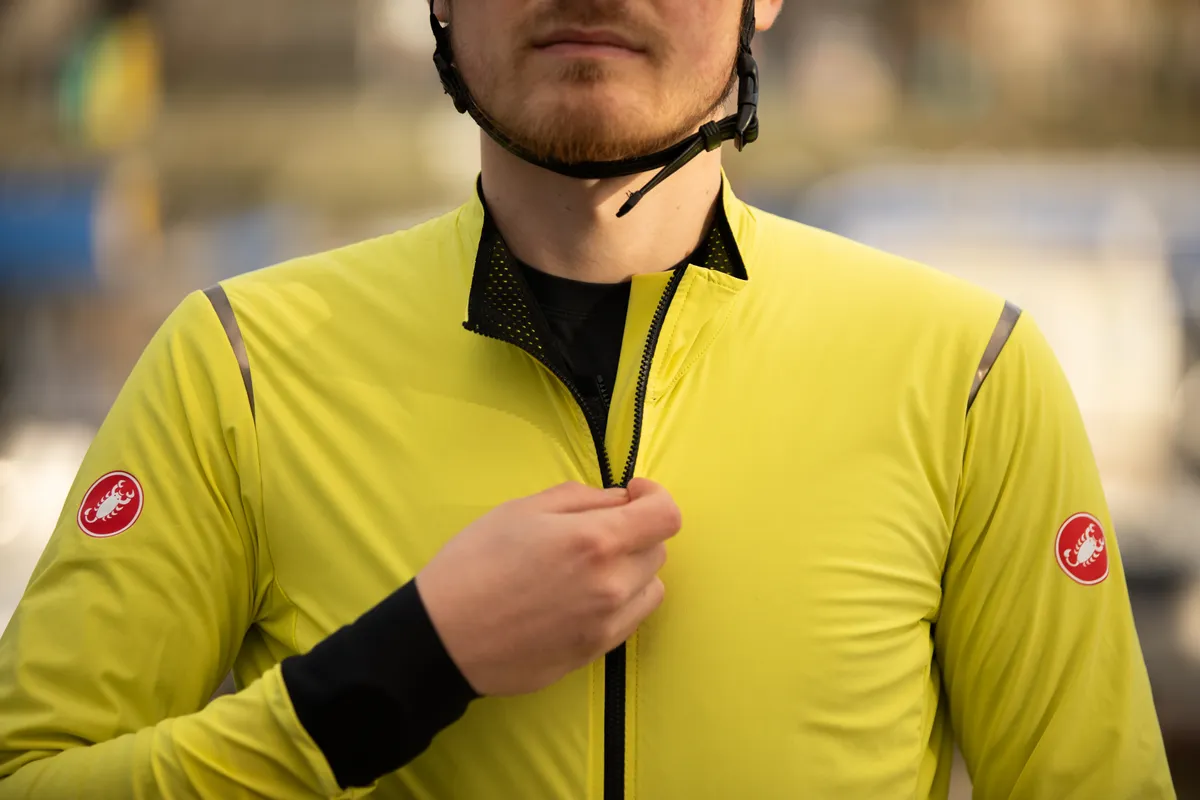
Cold weather requires enough layers to keep your core warm. A long-sleeved baselayer is a great start; then you should add an insulated cycling jacket and maybe a long-sleeved jersey between the two if it’s very cold.
Fleece-backed winter tights will help keep your legs warm. You can wear your waterproof trousers over these if you want more wind protection.
Cold and wet commutes can be tackled by combining your wet and cold gear, although a specialist winter cycling jacket may be less bulky. In either case, go for a Merino wool or synthetic baselayer to keep you warm even if it gets damp. Avoid cotton, which gets unpleasantly cold and clammy when it’s wet.
Keep an eye on the temperature outside. If your commute is short, you may not warm up fully before you arrive, while if it’s longer you may get uncomfortably hot if you’re over-layered.
Multiple layers give you more adaptability than one massive jacket and enable you to unzip or remove a layer if you are too hot. It’s worth carrying an extra layer in case the temperature drops before you head home.
It’s also possible to kit yourself out to ride your bike in snow and ice, although there’s more preparation needed.
What type of bike is best for commuting in winter?
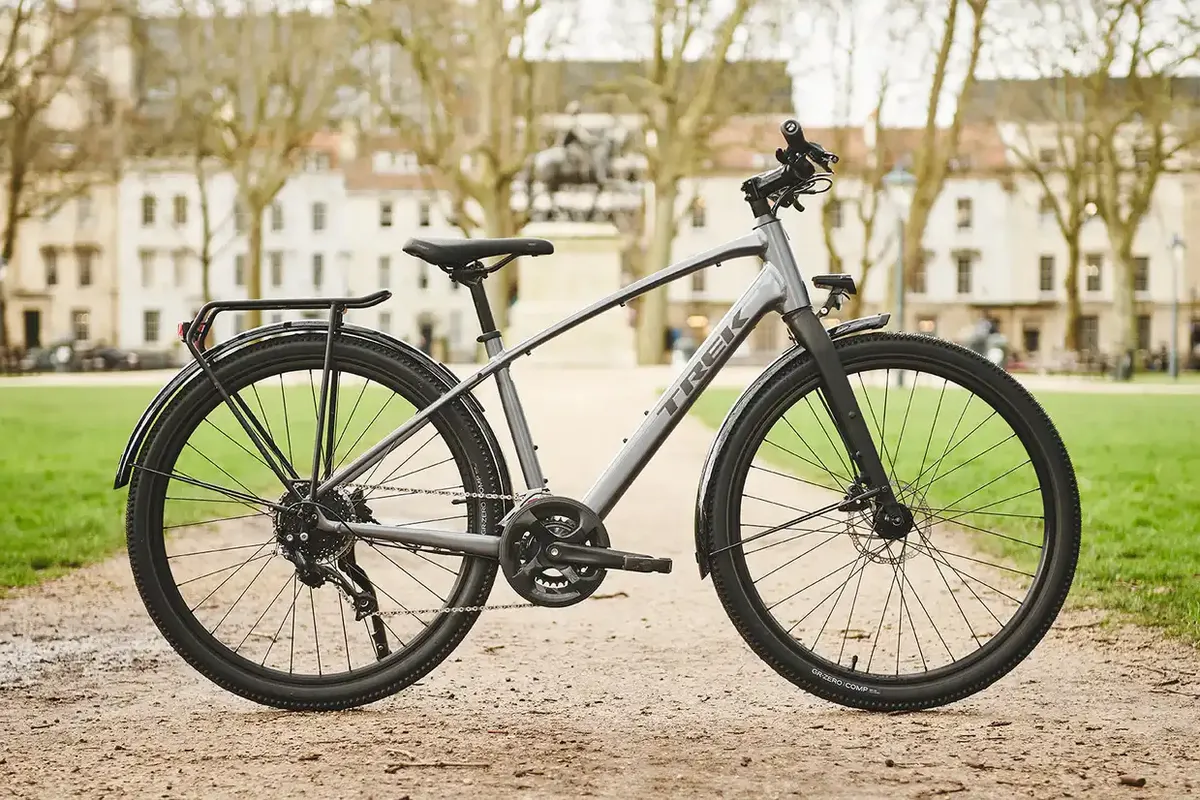
As with commuting by bike in the summer, you can commute during the winter on pretty much any type of bike.
Many commuters prefer to use a hybrid bike for its comfortable, upright position and this is a good choice of winter commuter bike as well as for summer use.
If you’re going further, a road bike may be faster, although bear in mind that the narrower tyres mean you have less contact with the road and so could skid more easily. A winter road bike will be a better option than a performance summer road bike.
A gravel bike is a great choice because you get a fast ride position, plus you can fit wider tyres and can also more easily take to off-road cut-throughs.
A mountain bike may be the slowest option, but it will offer you loads of grip and usually suspension.
Can I use an electric bike in winter?
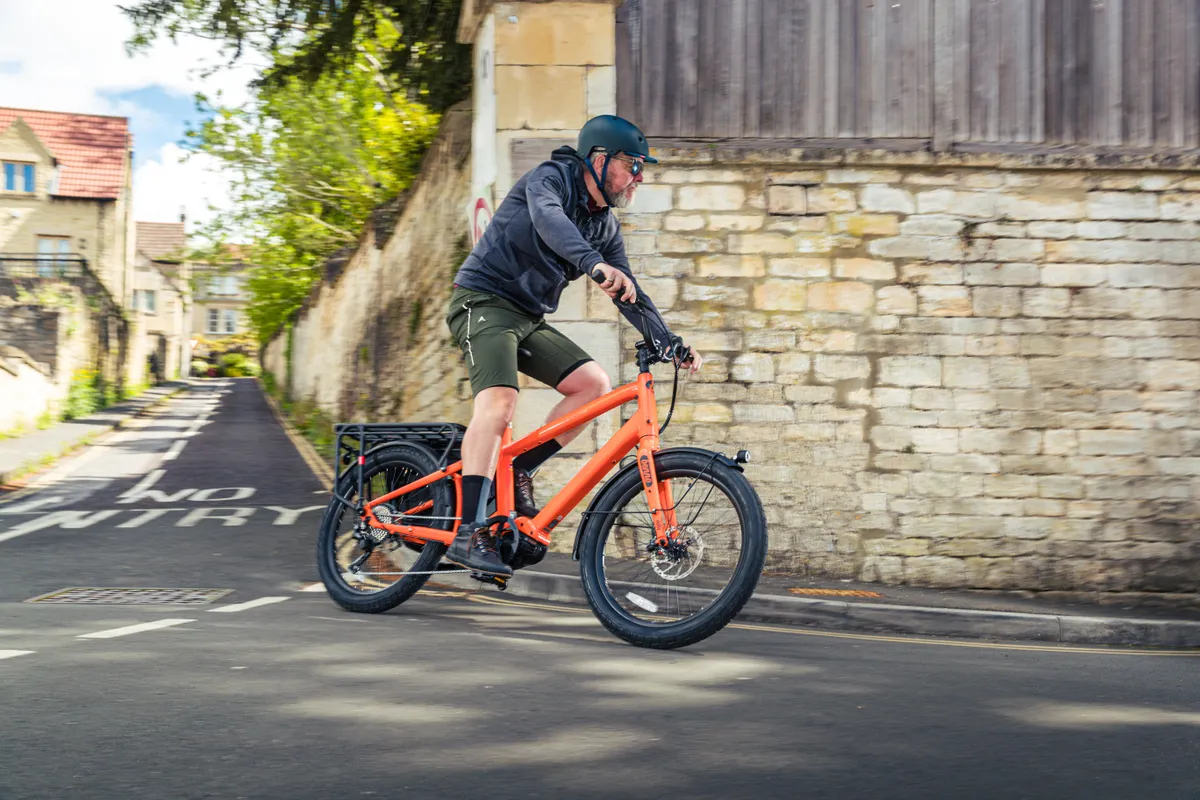
Electric bikes are designed to be weatherproof, so even if it’s wet and cold you can still ride them. However, there are a few things to bear in mind, if you’re looking to commute by electric bike in winter.
As with a non-assisted bike, tyre grip will be lessened on wet roads, so ride cautiously. It takes more force to slow an electric bike down due to its greater mass, so allow plenty of stopping distance to avoid a skid. Some electric bike systems now include anti-lock braking to add an extra measure of safety.
The cautions above about salt and moisture also apply to electric bikes, so keep your bike clean to avoid corrosion. Keep electrical contacts moisture-free using a water-displacing spray.
It’s also worth bearing in mind that batteries have lower capacity in cold weather, so your range between charges may be reduced, particularly if your bike and battery live outdoors.
How do I winter-proof my bike?
There are a few items that will make winter commuting more enjoyable and less stressful, which we’ll outline below. If you need to cycle in snow or ice to get to work, we’ve more advice on how to prepare your bike and how to ride in these tougher conditions.
Fit mudguards
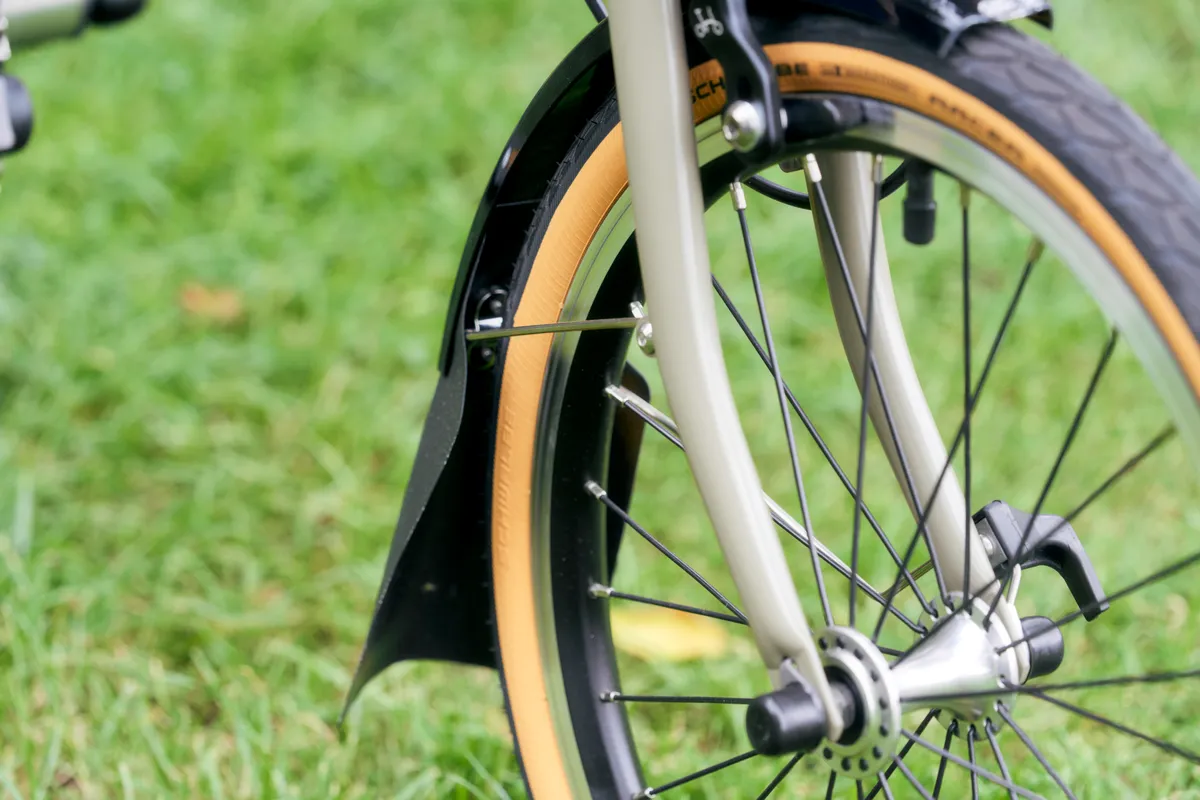
Mudguards are vital if you’re planning to commute through the winter, especially if you cycle in the clothes you plan to wear throughout the day.
Fit a quality set and you’ll keep much drier and more comfortable than if you’re getting spray from the front wheel over your legs and from your back wheel over your tail.
Hybrids and gravel bikes almost always provide bosses to fit full-length mudguards. You can fit mudguards to many, but not all, road bikes too. The best mountain bike mudguards typically clip on and offer less protection.
Use robust tyres

It’s worth equipping your bike with winter tyres to increase reliability on a winter commute.
There’ll be more debris in the road, but winter tyres are more robust than summer tyres and so likely to fend flats off better. Running tyres tubeless, if they and your wheel rims are tubeless-ready, will add some extra protection from a ride-stopping flat.
Wider tyres run at lower pressure will increase grip and braking effectiveness on sometimes slippery road surfaces.
Be seen
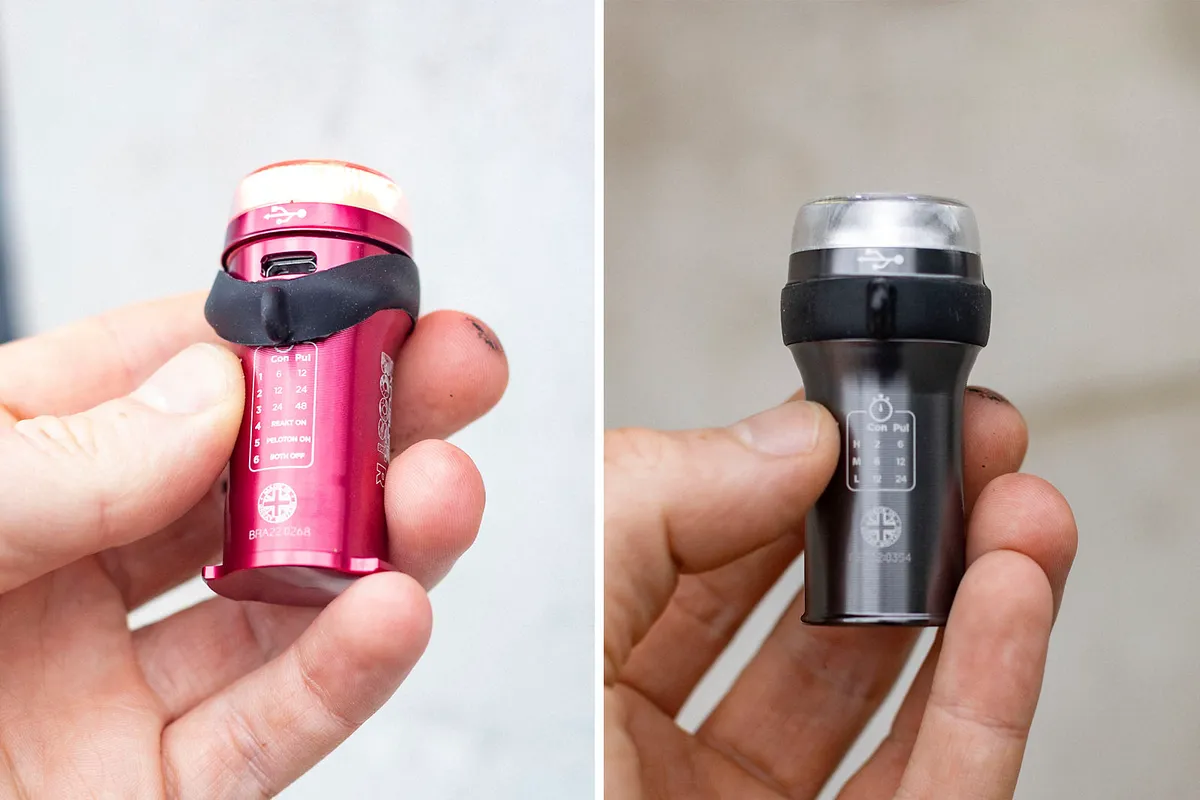
A winter commute will often mean riding to or from work in the dark, so it’s vital to have a quality set of bike lights. ‘Be seen’ lights for commuting on lit roads are inexpensive and even a light set for darker commutes can be very affordable.
After dark, you’ll need to use them by law in most countries and it would be foolhardy to ride without lights, but it’s worth using your lights even during the day to up your visibility. In the winter, the low sun can blind drivers and not everyone is careful to fully demist their windscreen, even though it’s the law.
A blinking light setting is usually easier for other road users to spot than a continuous light, but it can be worth using two lights, one blinking and one on a continuous setting, for extra safety at night.

Some road bike helmets can be fitted with a rear light, while commuter bike helmets often feature in-built lights at the rear, front and sometimes the sides too.
Adding reflectors is useful. Pedal reflectors help draw attention to you as you ride. Spoke reflectors increase your side-on visibility, while some winter bike tyres include a reflective strip in their sidewalls. You can also get reflective strips to stick to your frame and reflective trouser clips.
Keep lubricated

Lubricate your chain with wet lube or wax lube, which will stay on the chain better than a summer dry lube if you need to ride in the rain. It may attract dirt more easily than a dry lube, and so require more frequent cleaning of your chain though.
Make sure your bearings are well lubed too, to help prevent corrosion.
Fit a rack
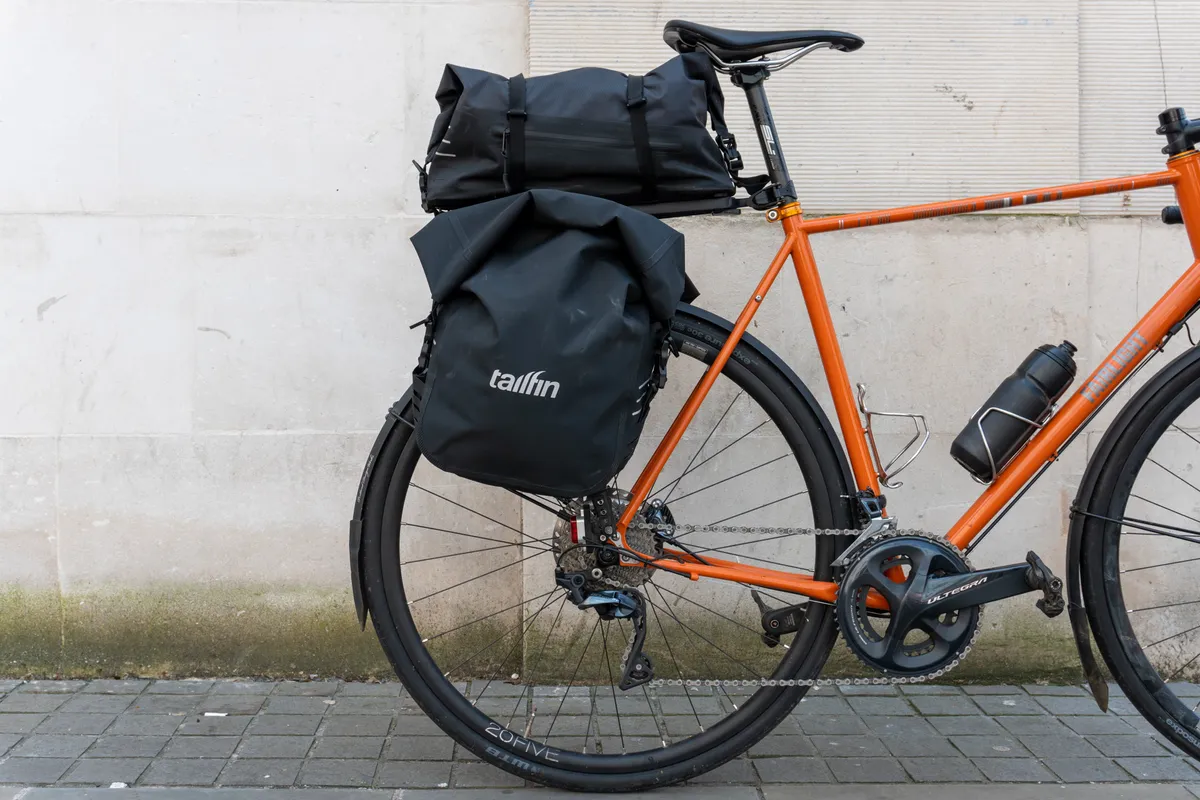
You will probably need to carry more with you to commute in the winter than in the summer. As well as a change of clothes, you may need spare footwear, waterproofs, extra layers, spare lights or batteries and a more comprehensive tool kit. If you’re carrying electronics, you need to make sure they stay dry.
Although you can carry all this in a cycling backpack, it might quickly become burdensome and uncomfortable and it can make it more difficult to look behind you. Thus a rack and panniers or other type of cycling luggage can be a better choice to carry your load.
How do I maintain my bike in winter?

Winter is tough on bikes. Not only is your bike more likely to get wet when commuting in winter, it’s less likely to dry out by itself. Drivetrains and chains in particular can rust, as can any ferrous metal parts, and alloy components can corrode.
Plus, there’s more gunk on the road to clog up derailleur gears and cables. The roads may be gritted if it’s cold and the salt is very corrosive to bike parts. Both dirt and salt will accelerate wear on your gears and can damage bearings.
It’s important to keep on top of cleaning and maintenance. We’d recommend washing your bike at least weekly. Relube your chain as soon as you stop, if you’ve been cycling in the rain, because the lubricant can quickly be stripped off it by a jet of water from your front wheel. Use a water-repellent spray such as WD40 or GT85 to displace water from your drivetrain and bearings.




